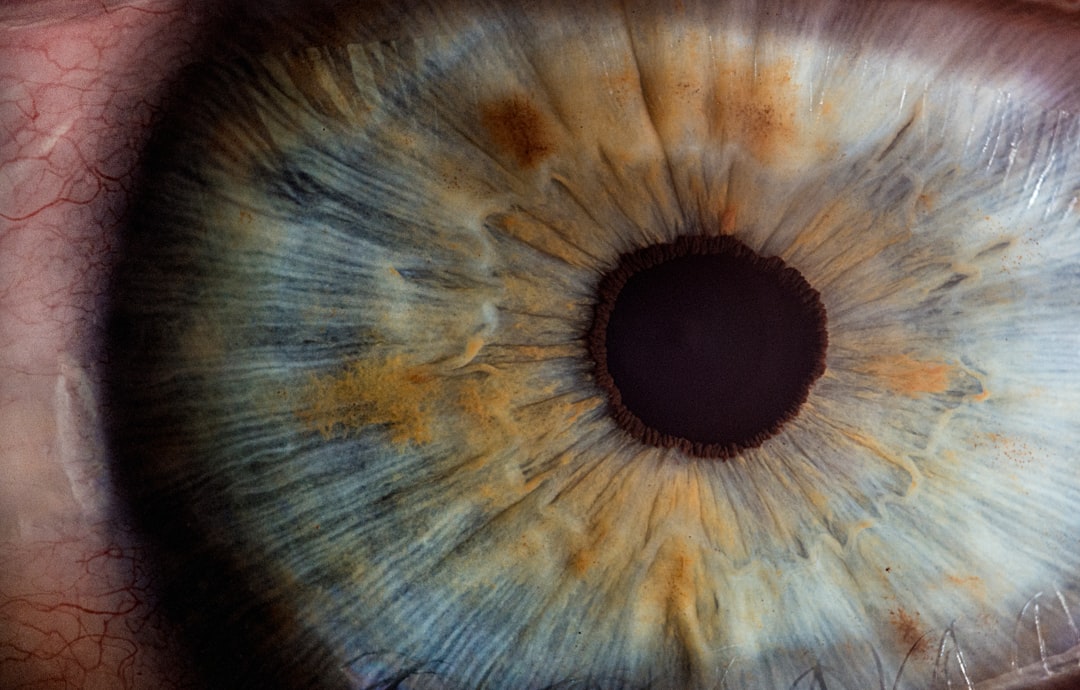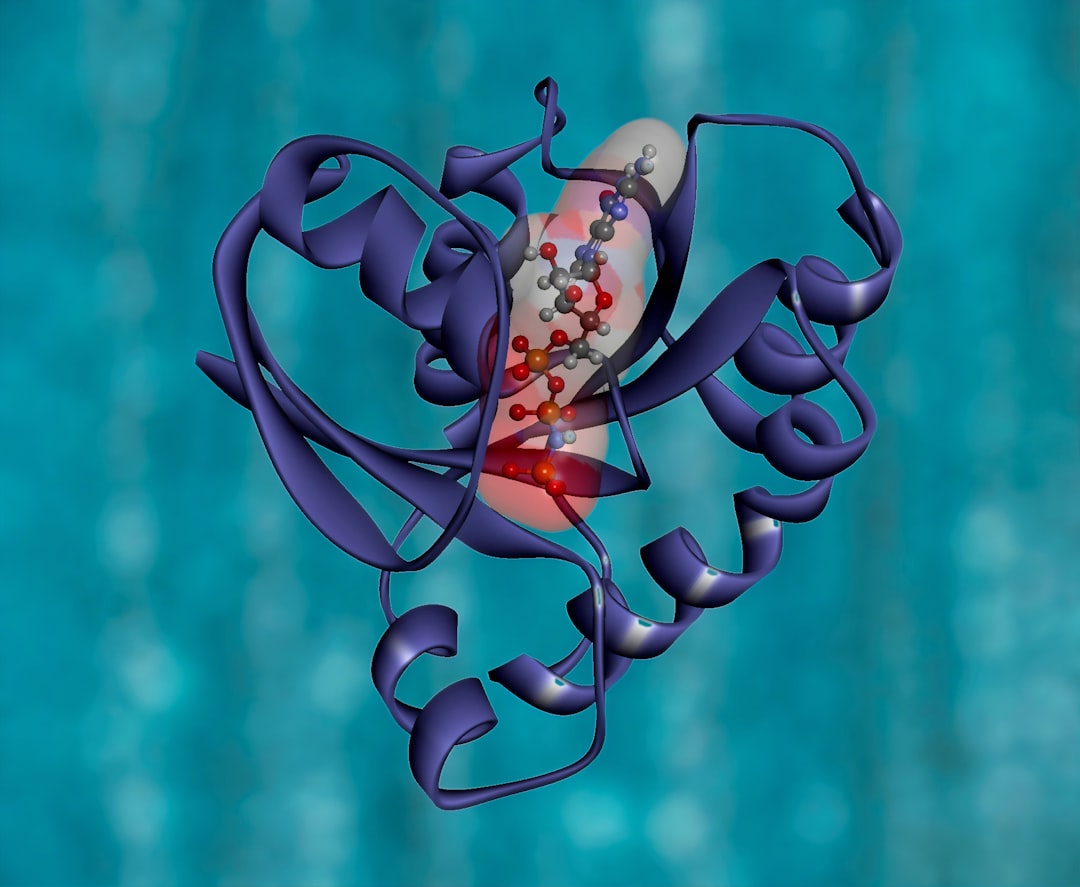What is it about?
There is a large population of patients with end-stage congestive heart failure who cannot be treated by means of conventional cardiac surgery, cardiac transplantation, or chronic catecholamine infusions. Implantable cardiac devices, many designated as destination therapy, have revolutionized patient care and outcomes; though infection and complications related to external power sources or routine battery exchange remain a substantial risk. Complications from repeat battery replacement, power failure and infections ultimately endanger the original objectives of implantable biomedical device therapy – eliminating the intended patient autonomy, affecting patient quality of life and survival. We sought to review the limitations of current cardiac biomedical device energy sources and discuss the current state and trends of future potential energy sources in pursuit of a lifelong fully implantable biomedical device.
Featured Image
Why is it important?
Implantable cardiac devices, many designated as destination therapy, have revolutionized patient care and outcomes; though infection and complications related to external power sources or routine battery exchange remain a substantial risk.
Read the Original
This page is a summary of: Current State and Future Perspectives of Energy Sources for Totally Implantable Cardiac Devices, ASAIO Journal, January 2016, Wolters Kluwer Health,
DOI: 10.1097/mat.0000000000000412.
You can read the full text:
Resources
Contributors
The following have contributed to this page










